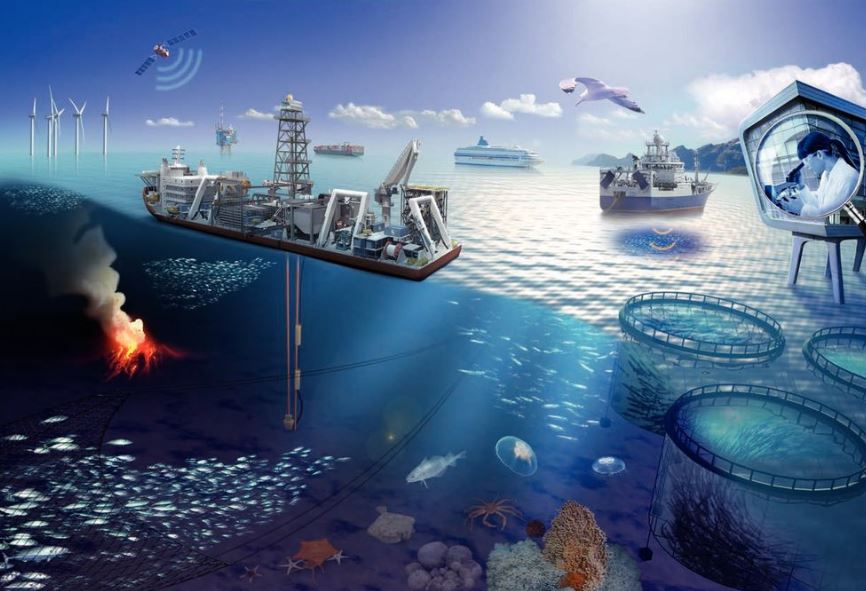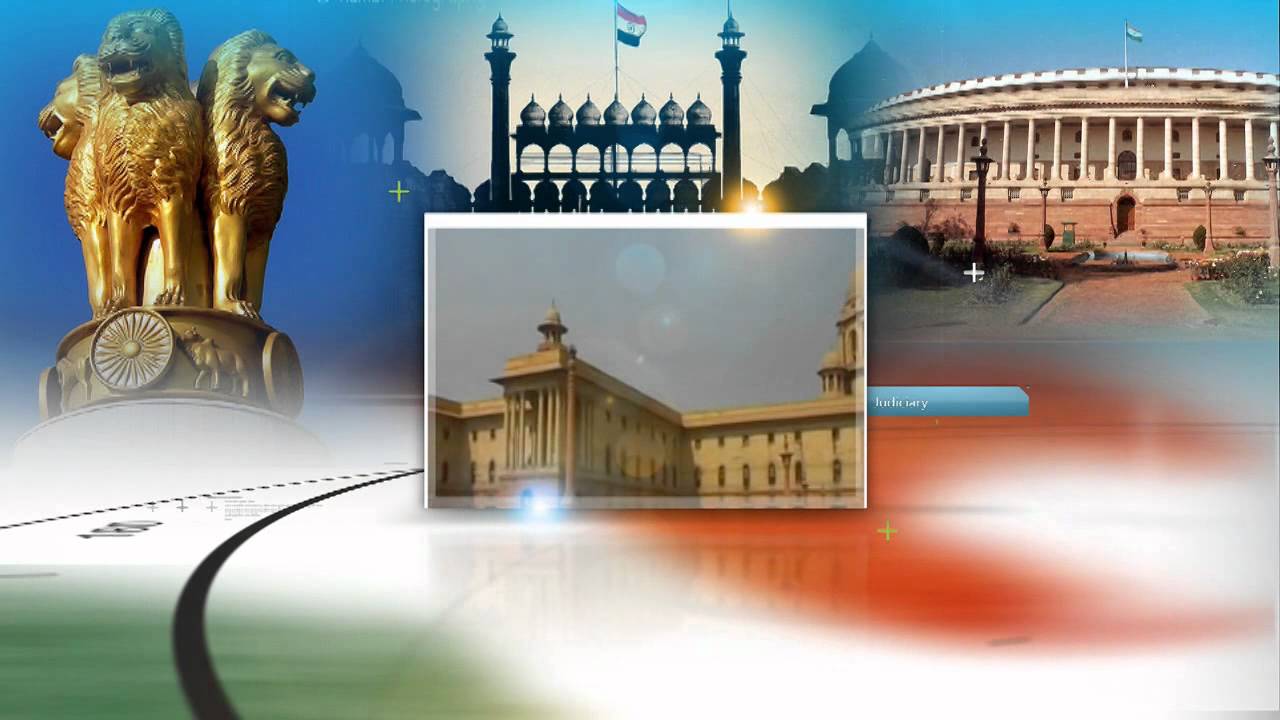Font size:
Print
World Water Development Report 2025
Context:
The UNESCO report, The United Nations World Water Development Report 2025 – Mountains and Glaciers: Water towers, released to mark the first-ever World Day for Glaciers (March 21), highlights the alarming effects of rising temperatures on mountain ranges globally.
More on News
- These changes are rapid, often irreversible, and have severe implications for both the environment and the populations that rely on these mountainous regions.
- The report provides an alarming snapshot of how rising temperatures are affecting glaciers, permafrost, snow cover, and snowfall patterns.
Glacier Melting
- Glaciers are melting at unprecedented rates, with the last three years marking the largest glacial mass loss on record.
- Since 1975, glaciers have lost over 9,000 billion tonnes of mass—equivalent to an ice block the size of Germany with a thickness of 25 meters.
- In 2024, glaciers lost 450 gigatons of mass, and regions like Scandinavia, Svalbard, and North Asia saw the largest annual losses.
- The accelerating melting is also driven by wildfires and dust storms that deposit black carbon on glaciers, increasing solar radiation absorption, further speeding up the melting process.
Accelerating Permafrost Thaw
- Permafrost, which has been frozen for over two years, is rapidly thawing due to warming temperatures.
- Permafrost holds a significant amount of organic carbon (about 4.5% of global soil organic carbon), and as it thaws, it releases these carbon compounds, exacerbating climate change.
- The thaw also weakens mountain slopes, increasing the risk of landslides and other hazards.
Decline in Snow Cover
- Snow cover has been significantly reduced in mountain regions, especially during spring and summer, with projections indicating further declines in the coming decades.
- From 1979 to 2022, there has been a 7.79% global decline in persistent snow cover.
- The shift in the rain-to-snow elevation due to warming means that some regions are receiving more rain instead of snow, further reducing snow depth, duration, and snow-covered areas.
Erratic Snowfall Pattern
- Warming has caused snowfall patterns to become increasingly erratic, with lower elevations experiencing more rainfall than snowfall.
- Snow-melt is occurring earlier, and the snow-covered areas have shrunk as a result of rising temperatures.
Significance of These Changes
- Mountains as Water Towers: Mountains are crucial for sustaining life as they provide freshwater resources to billions of people downstream. The melting glaciers and thawing permafrost directly impact water availability for regions that depend on it for drinking, agriculture, and hydropower.
- Erratic Water Flow: Water flows from mountains will become more erratic, uncertain, and variable, leading to unpredictable changes in timing and volume of water reaching downstream areas. This affects water quality, timing of peak flow, and erosion—all of which disrupt the availability of freshwater.
- Glacial Lake Outburst Floods (GLOFs): Thawing glaciers and melting ice increase the risk of GLOFs, which are catastrophic floods caused by the failure of natural dams (made of moraines or ice). These floods have led to over 12,000 deaths in the past 200 years and caused significant damage to homes, farmland, and infrastructure.
- Sea Level Rise: The melted ice from glaciers contributes to 25-30% of the observed rise in global sea levels. Between 2006 and 2016, glaciers lost 335 billion tonnes of ice per year, adding nearly 1 mm per year to global sea levels. This has far-reaching impacts, with every millimetre exposing up to 300,000 people to annual flooding.
Urgency for Action
- The report underscores the urgent need for awareness, policy change, and resource mobilisation to address the ongoing crisis. The situation is critical, and the impacts are widespread, affecting ecosystems, water security, human settlements, and coastal communities globally.
- Sulagna Mishra, a scientific officer at the World Meteorological Organisation, stresses the importance of creating awareness and implementing effective policy frameworks to mitigate the challenges ahead.


